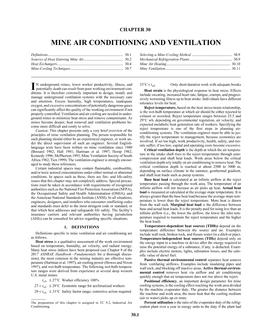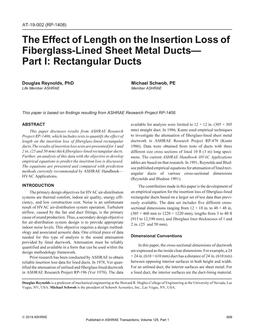Click here to purchase
The energy performance of a residential building is highly dependent on occupants, their presence, their preferences, and their interactions with energy consumingappliances and systems. In particular, typical occupancy schedules for residential buildings must be defined for applications such as energy modelingas well as for assessing seasonal and/or annual savings associated with the use of occupancy sensing technologies and occupancy-dependent controls. Currently,energy simulation programs assume a typical occupancy schedule; however, there is significant opportunity for improvement to these schedules as some arebased on engineering judgement rather than measured data. This research uses data from 12 years of the American Time Use Survey (ATUS) to developtypical occupancy schedules for a range of household types and occupant age ranges. This is compared to currently utilized residential occupancy schedules.In many cases the schedules exhibit similar patterns to the ASHRAE 90.1 standard; however, differences are also found to be as high as 41%. Buildingoccupancy schedules also tend to vary based on factors such as time of the day, day of the week, month of the year, season, and daylight hours, as well asdemographic factors such as age and number of occupants. The relative impacts of these factors are also investigated. The results of this research work towardsimproved occupancy schedule development can benefit both industry professionals and researchers.
Citation: 2019 Annual Conference, Kansas City, MO, Conference Papers
Product Details
- Published:
- 2019
- Number of Pages:
- 8
- Units of Measure:
- Dual
- File Size:
- 1 file , 1.8 MB
- Product Code(s):
- D-KC-19-C031


